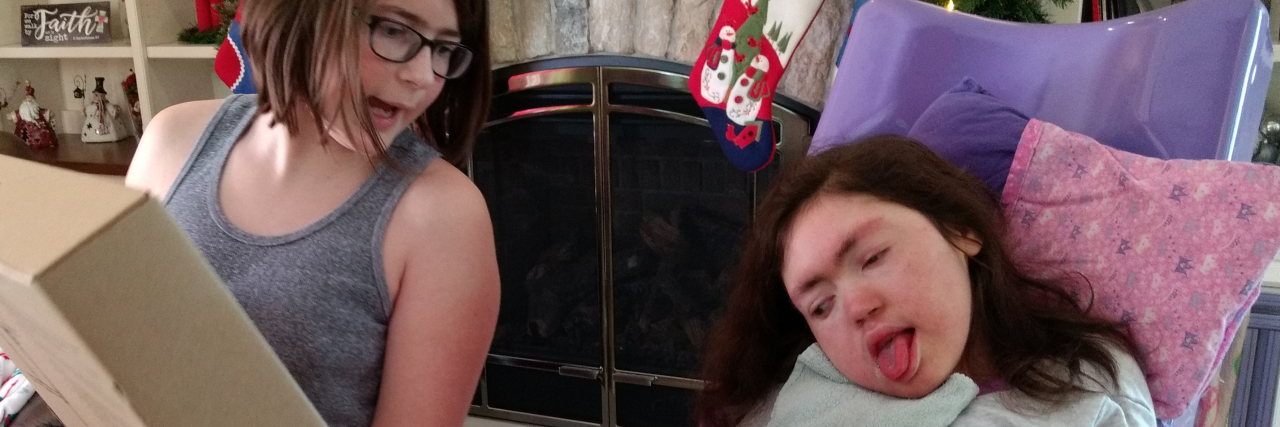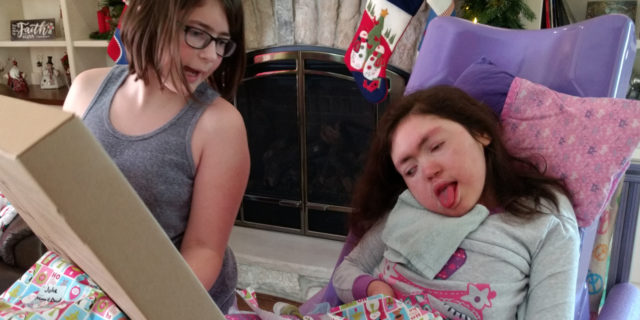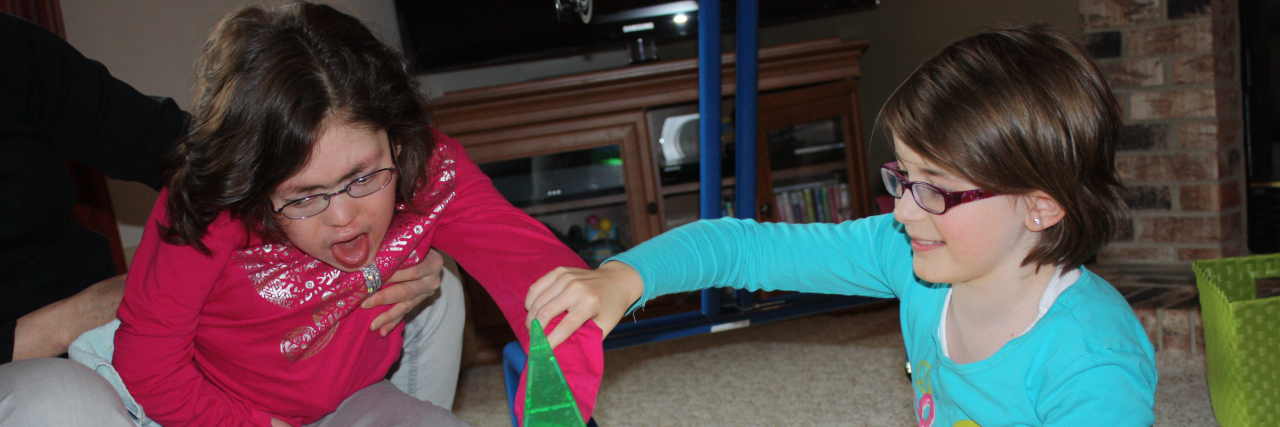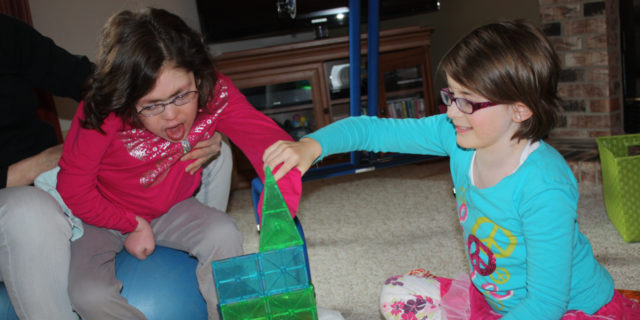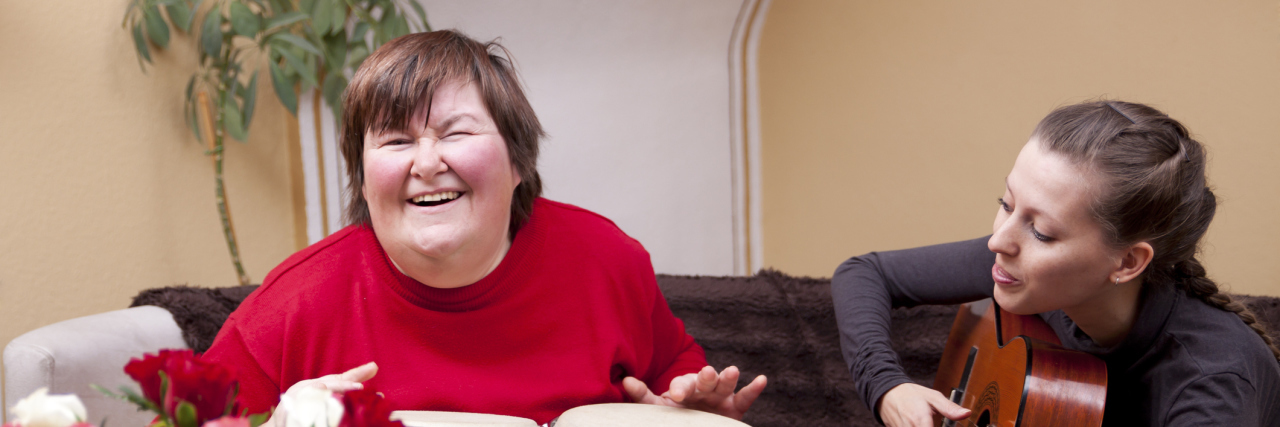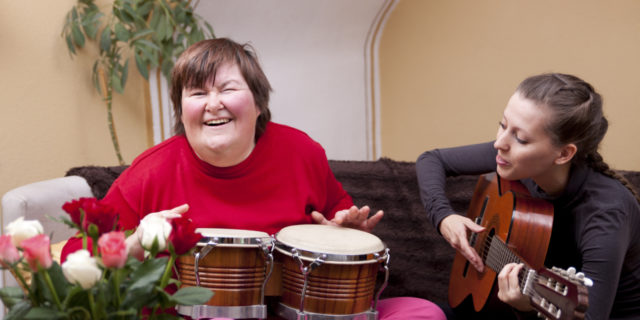I waited#DBT #cbt#avm #childhoodcptsd #AicardiSyndrome
I thought if I was transparent,others would https://follow.I believed it for https://years.I would smile, be forthcoming and it would be reciprocal,just https://enough.Did I know my vulnerabilities would be turned as weapons, no.am I surprised, now that the players are exposed, not one bit surprised.
Women, who coddle grown men and give excuses for men, who belittle, dismiss and undermine, other women, are the https://problem.They joke, make light, pander to the one who, doesnt care, shows zero concern and turns prideful when https://questioned.But he doesn't hit her, so prop him up and pat him on the head..I am so tired of these excuses, from women.Atleast, he didnt hit you? DID YOU REALLY SAY THAT!Four women, so https://far.I should have been grateful, they are https://saying.The bar is, to not be hit and I should be grateful.Nope, I deserve better.it could be worse so I better appreciate what I https://have.Excuse me.No, he needs to appreciate what he https://had.He needs to be happy we held him up, plated the role he wanted, for his https://comfort.The audacity to portray something you never, tried to https://grow.No effort, all forced and instructed, to get it done.
Something I have begged for, curtesy and https://inclusion.To turn and portray, my lowest point in my life, as a catapult to https://leave.That is not my cross to https://carry.I have not worked this hard and long, in my life to be called, lazy, attention seeking😄, golddigger,thats funny,a cunt(family favorite for them)a bitch, a nag, a whore, controlling(another funny one) and messy, my https://favorite.All said by the women, in his life. I cant imagine why a woman, wouldnt want that environment? Really ladies, wise up, try teaching men how, to speak to a woman,behind their backs as well as to their https://face.Try encouragement or honesty,stop plotting revenge to save face for tea time, try telling them, they are wrong for treating their spouses like an option, a burden and maybe, NOT decide to phase them out with gossip and https://slander.Be a man, speak for yourself and stop playing BOTH SIDES.
The women around your husband, should support the wife, not insult them, stalk them, gossip and trade stories, to isolate https://them.But I now know.Amazing,the charm is thick but he sure had enough of them on the sidelines, waiting.Funny, all rallied around pretty quick, for never being involved https://before.And how not one ever came to me, sad bunch.Huh, isnt life funny when the curtain gets pulled https://back.I wasn't wrong and that really bothers people, sorry.

